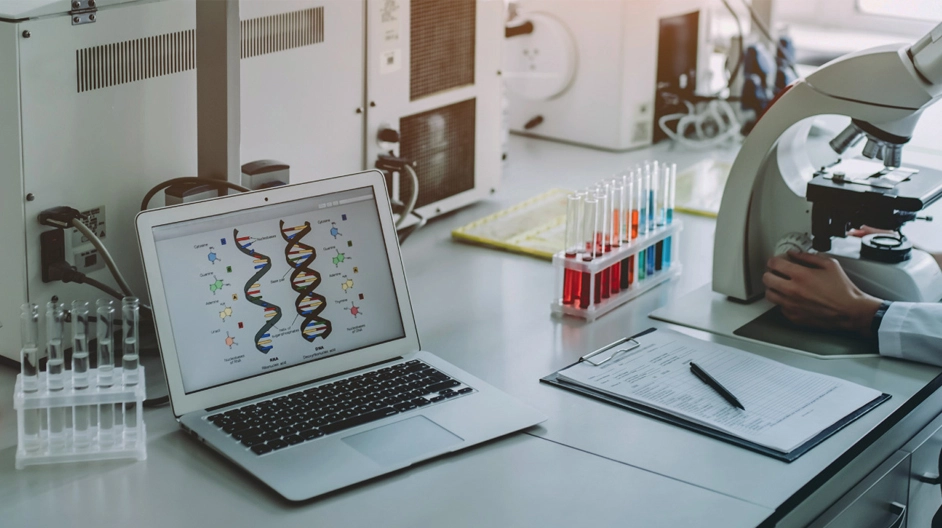Introductory material
Message from Director
-Science is the future.
The world is facing threats from energy issues, climate change, falling birthrates combined with aging populations, and infectious diseases. These challenges demand technological solutions developed based on science and in consideration of diverse values.
The Institute of Integrated Research is a research organization at Science Tokyo which contains six research laboratories, nine research centers, thirteen research units, as well as the Advanced Research Initiative and the Center for Fundamental Research. Our goal: to explore science that tackles fundamental questions, develop innovative new technologies, and lead the development of industry and healthcare to help achieve a sustainable society.
Our academic environment promotes a bottom-up approach, where self-driven researchers can pursue their interests, freely cultivate priority fields of study and strategic research areas, and take research from the planning stages to implementation, via flat and open collaboration, to drive innovation at the nexus of science, technology, and medicine.
Join us in pioneering the future!
Hiroshi Nishina, Director-General, Institute of Integrated Research

News and events
Featured Education and Research Activities
Research Center / Research Unit
IIR consists of several research laboratories, centers, and units located across the Yushima, Surugadai, Suzukakedai, and Ookayama campuses. Our advanced research spans a wide variety of fields such as life science, materials, energy, electronics and information, mechanical engineering, and disaster prevention. Respecting researchers’ freedom of thought, we foster collaboration across all groups to create new knowledge and contribute to society.

Young Researcher Support
The Center for Fundamental Research provides young researchers with opportunities to explore innovative and emerging research topics based on their academic interests while emphasizing the importance of promoting research with a sense of social responsibility and expectation.

Joint Usage / Research Centers
In Japan, the system of “Joint Usage and Research Centers” has played a crucial role in advancing academic research by enabling nationwide collaboration and shared facilities. Each facet of IIR engages in this system, capitalizing on its unique strengths.
MSL Collaborative Research Projects
Network Joint Research Center for Materials and Devices
Research Center for Biomedical Engineering
Joint Usage/Research Center for Intractable Diseases(Japanese)

Industry-academic collaboration
At IIR, we aim to create new industrial technologies to meet contemporary needs and contribute to the realization of a prosperous future society through cooperative research with industry. Various frameworks for collaborative research projects are available to support these efforts.

At a Glance
Laboratories
Research Centers
Research Units
Other
Associate Directors-General
- Hideki Hosoda (Research Affairs)
- Takeo Yamaguchi (Finance and Information Network Management)
- Yutaka Majima (Environmental Health, Safety, and Compliance)
- Hiroyuki Kagechika (Public Relations)
- Yukitaka Kato (International Affairs and Future Initiatives)
- Yasuko Yanagida (Industry-Academia-Government Collaboration and DEI)
- Takehiko Sasaki (Administration, Management, and Inter-Campus Coordination)
Number of Faculty Members
456 Members
- Number of faculty members are as of July 1, 2025.
Donations
Request for Support
IIR is committed to leading innovation in the science and medical technologies targeted by Science Tokyo’s research reform and contributing to the resolution of societal issues and the development of future industries amidst global change.
We aim to create new value by dynamically integrating value chains across resources, chemicals, energy, machinery, and medical technologies, which form the foundation of society, as well as life science and information science, which provide immense value to people's lives and economic activities for wellbeing. We look forward to your continued support.
Contact
Institute of Integrated Research Public Relations






